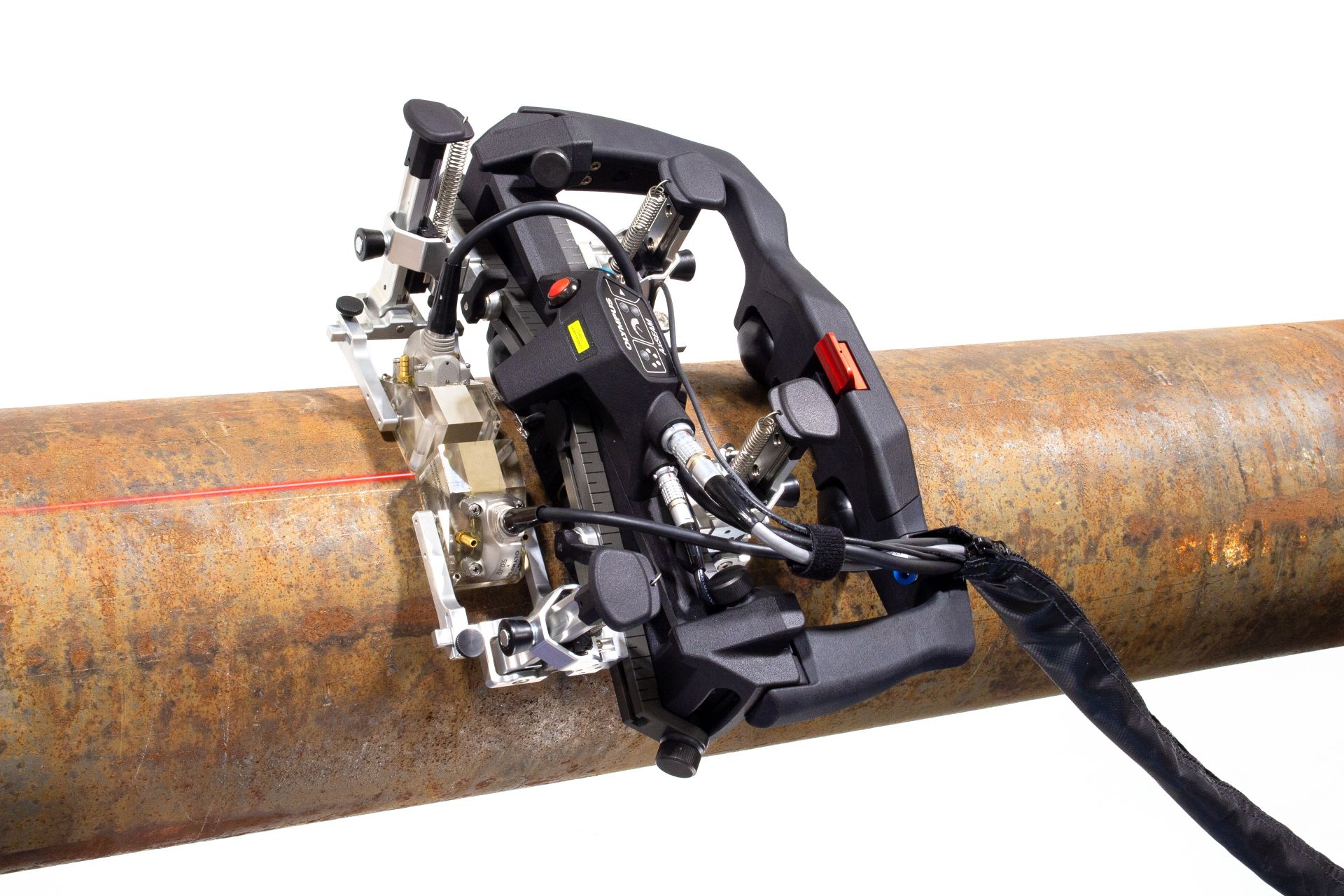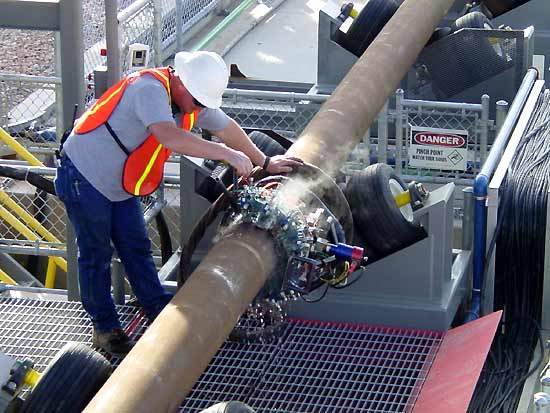Thorough Pipeline Welding Inspection Solutions for Industrialized Projects
Comprehensive Overview of Pipe Welding Assessment Procedures
Pipeline welding inspection treatments play an important role in ensuring that bonded connections satisfy strict sector criteria and requirements. From careful pre-welding evaluations to extensive post-weld assessments, a well-defined inspection process is vital for maintaining the architectural strength of pipes.
Pre-welding Evaluation Preparations
Prior to commencing the welding process, complete pre-welding inspection preparations are important to ensure the stability and quality of the weld joint. These preparations involve a thorough exam of the materials to be welded, the welding tools, and the job setting. By conducting extensive pre-welding examination prep work, possible problems can be determined and solved early on, leading to trusted and high-quality weld joints.
Welding Treatment Qualification
Thorough pre-welding examination preparations lay the foundation for the crucial procedure of Welding Treatment Qualification, guaranteeing the stability and high quality of the weld joint. Welding Procedure Qualification (WPQ) is a vital action in the welding procedure that includes screening and accrediting welding treatments to assure they satisfy specific criteria and needs. The WPQ procedure commonly consists of welding procedure requirements growth, welding treatment credentials screening, and documents of the results.
During welding procedure requirements growth, vital details such as the welding procedure, welding materials, joint design, and welding specifications are defined to produce a thorough treatment. Subsequently, welding treatment credentials screening is conducted to verify the proposed treatment's honesty. This testing frequently includes welding examination promo codes that undergo different mechanical and non-destructive tests to analyze the weld's quality and adherence to the specified criteria.
In-process Weld Inspection
During the welding process, in-process weld inspection plays a vital duty in making certain the high quality and honesty of the weld joint - Pipeline Welding Inspection. This type of evaluation entails checking the welding criteria, examining the weld grain formation, and detecting any type of possible problems or suspensions as they happen. By carrying out in-process weld evaluations, welding drivers can promptly address any issues that may arise, therefore guaranteeing and protecting against further issues that the last weld fulfills the needed requirements
Common techniques used for in-process weld evaluation consist of visual evaluation, fluid penetrant screening, magnetic fragment testing, ultrasonic screening, and radiographic screening. Visual evaluation is often the very first step at the same time, enabling inspectors to aesthetically evaluate the weld for surface abnormalities such as splits, porosity, or insufficient blend. Extra innovative approaches like ultrasonic testing and radiographic screening provide comprehensive understandings right into the interior structure of the weld, ensuring that there are no covert defects that might jeopardize the weld joint's toughness and honesty. In general, in-process weld inspection is vital for maintaining the top quality and reliability of welded pipelines.
Non-destructive Screening (NDT)
Non-destructive Screening (NDT) is an important technique employed in pipeline welding examination to evaluate the honesty of weld joints without creating damages to the bonded structure. By using various NDT methods, examiners can evaluate the high quality of welds and recognize any kind of issues or gaps that may jeopardize the architectural sturdiness of the pipe. Typical NDT techniques used in pipeline welding examination consist of Radiographic Screening (RT), Ultrasonic Screening (UT), Magnetic Bit Testing (MPT), Fluid Penetrant Testing (LPT), and Visual Screening (VT)
RT entails the use of X-rays or gamma rays to generate pictures of the internal framework of the weld, allowing assessors to identify flaws such as porosity, fractures, or incomplete combination. UT utilizes high-frequency acoustic waves to find flaws underneath the surface of the weld, offering detailed information concerning the size and location of flaws. MPT and LPT are used to determine surface-breaking problems by using magnetic fragments or penetrant fluids to Full Article the weld area. Additionally, VT entails visual assessment of welds to recognize any kind of noticeable imperfections.
Post-weld Inspection and Paperwork


Paperwork of post-weld evaluation searchings for is crucial for keeping quality assurance records and ensuring conformity with sector requirements and laws. In-depth weblink reports must include details regarding the inspection techniques used, the area and nature of any type of issues located, and any type of corrective actions taken - Pipeline Welding Inspection. Proper documentation not only serves as a record of the weld's top quality however also help in future maintenance and assessment procedures
Final Thought

In verdict, pipeline welding examination procedures play a crucial role in guaranteeing the top quality and stability of welds. In general, adherence to correct evaluation procedures is key to the success of pipe welding jobs.
From meticulous pre-welding examinations to thorough post-weld evaluations, a well-defined examination process is crucial for keeping the architectural strength of pipes. By conducting in-process weld assessments, welding operators can quickly address any type of concerns that may develop, thereby stopping more flaws and making certain that the final weld meets the needed specs.
Typical techniques made use of for in-process see weld examination include visual examination, liquid penetrant testing, magnetic bit testing, ultrasonic testing, and radiographic screening.Non-destructive Screening (NDT) is a vital approach employed in pipe welding evaluation to evaluate the integrity of weld joints without creating damages to the welded structure. Post-weld examination includes various methods to analyze the welds for problems, including visual inspection, dye penetrant testing, magnetic bit testing, ultrasonic testing, and radiographic screening.